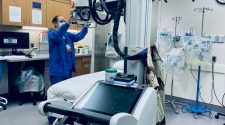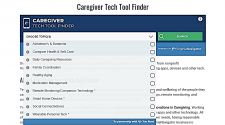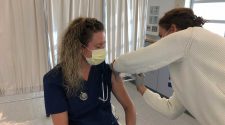At a presentation to the Actuaries Institute conference in Melbourne on Wednesday afternoon, the Private Healthcare Australia chairman, John Hill, will say insurers find it challenging not to pass on the rising costs of medical devices through premium increases.
In December, the health minister, Greg Hunt, boasted that the government’s reforms to make private health insurance simpler and more affordable had delivered the lowest annual premium change in 18 years for 2019. But the relief appears to have been short-lived owing to cost increases for knee and hip replacements and cardiac implants.
“Inflated prices for established medical technologies must come down in line with the rest of the world,” Hill will say in his speech. “One of the most commonly used implants, cardiac stents, are five times the price in Australia as they are in New Zealand.
“In spite of the federal government taking steps to reduce some of the highly inflated costs of medical devices, the latest Apra [Australian Prudential Regulation Authority] data shows that device companies have responded by driving sales volumes to make up the difference. Growth this year has been 8.6% which, given hospital claims are stable at 0.3%, needs an explanation.”
The chief executive of the Medical Technology Association of Australia, Ian Burgess, on Wednesday accused the private health insurance industry of “an increasingly desperate attempt” to rein in costs and maintain profitability “by pointing the finger at everyone else”.
“The claim that the listing of new, innovative and more clinically effective technologies is somehow a negative is completely absurd and demonstrates that the insurers have lost focus on patients,” Burgess said. Insurers’ profits continued to increase, he added.
The Grattan Institute’s health program director, Dr Stephen Duckett, said suggestions of a premium hike came as no surprise given that premiums had risen faster than inflation every year for more than a decade.
“What we have to acknowledge is that the solution is not shovelling more money at the problem,” Duckett said.
“The health funds are worried. What we’ve seen is a downturn in number of people with private health insurance and a particularly large downturn in the number of young people with private health insurance. We need some kind of strategy for recognising competing interests between private health insurers and private hospitals.”
Hunt will announce any approved premium increase in December.
Private healthcare is now subsidised by approximately $9bn each year – $6bn through a government rebate that reduces the cost of private health insurance premiums, and a further $3bn for rebates against the cost of medical bills for private inpatients.
• Sign up to receive the top stories from Guardian Australia every morning
Meanwhile, Department of Health figures revealed during Senate estimates on Tuesday evening showed Australians’ average out-of-pocket health costs were at record highs. The figures were revealed as the government looks to introduce laws to stop Medicare fraud by using data-matching techniques.
Patients paid an average of $38.46 in out-of-pocket costs at the GP in 2018-19, a Senate estimates committee was told on Wednesday. Australians were also paying record out-of-pocket costs for specialist treatment, costing an average of $83.77 in 2018-19.
It comes as the Jean Hailes for Women’s Health organisation’s annual national women’s health survey published on Wednesday found that one in six women said they could not afford to see a health professional when they needed one, and the same proportion experienced discrimination when they did. More than 10,000 women were surveyed about their access to and experiences of the health system.















